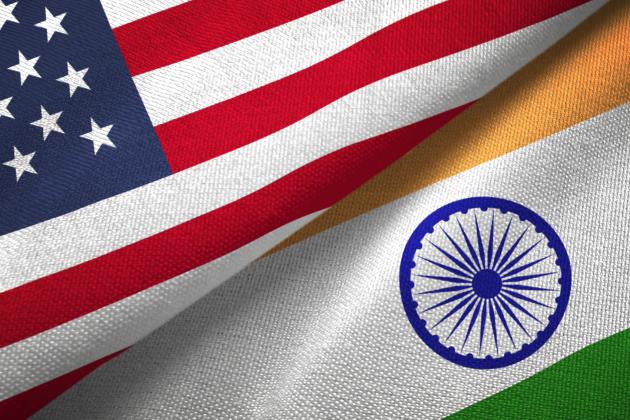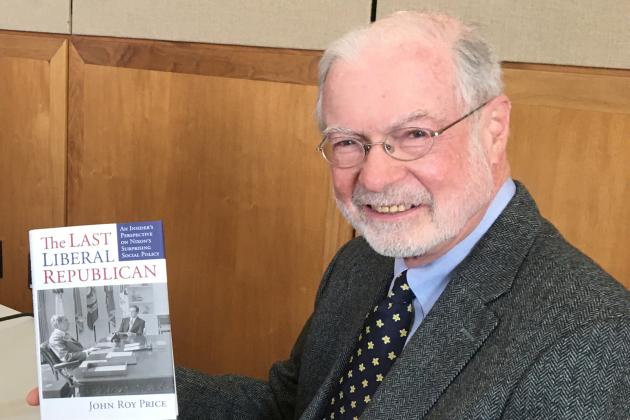PARTICIPANTS
Robert Barro, Nick Bloom, Michael Boskin, David Brady, John Cochrane, Gustavo Del Angel, Sebastian Di Tella, Paul Gregory, Joe Grundfest, Bob Hall, Eric Hanushek, Laurie Hodrick, Chad Jones, Tim Kane, Pete Klenow, Ed Lazear, David Mauler, Monika Piazzesi, John Raisian, Josh Rauh, John Taylor, Chris Tonetti, Yuri Yarim-Agaev
ISSUES DISCUSSED
Robert Barro, senior fellow at the Hoover Institution and the Paul M. Warburg Professor of Economics at Harvard University, discussed his recent paper (joint with Gordon Liao) “OptionsPricing Formula with Disaster Risk.”
Barro first described the baseline economic environment assumed by the paper’s options-pricing formula for far-out-of-the money put options. Disasters occur with constant probability each year and follow a Poisson process. The size distribution of disasters follows a power law, and the economy has a representative agent with Epstein Zin utility.
Barro then discussed key properties of the pricing formula resulting from these assumptions. The value of the option is roughly proportional to maturity. Also, the elasticity of the put-options price with respect to exercise price is greater than one, and depends on the difference between the power-law tail parameter and coefficient of relative risk aversion.
Barro concluded with an overview of the paper’s empirical results. The authors use data on farout-of-the-money put options ranging from 1983 to 2015. The options are written on equity indexes across nine countries. The analysis uses OTC quotes offered by a large financial firm (available back to 1994), as well as realized market data. A key benefit of the OTC data is the broad range of exercise prices—going as low as 50% of spot—and of maturities. However, the main results are similar for both types of data. Implied time series for disaster probabilities are backed out by assuming a constant coefficient of relative risk aversion and a fixed size distribution of disaster events. The resulting disaster probability for each country peaks during the recent financial crisis of 2008-09 and the stock-market crash of October 1987. Interestingly, the implied disaster probabilities are highly correlated across countries. The periods before and after the October 1987 crash show a similar structure of pricing of put options. However, the latter period shows a permanently elevated level and volatility of disaster probabilities. This change can explain well known changes in pricing patterns for stock options.
Link to paper: http://www.nber.org/papers/w21888.pdf









